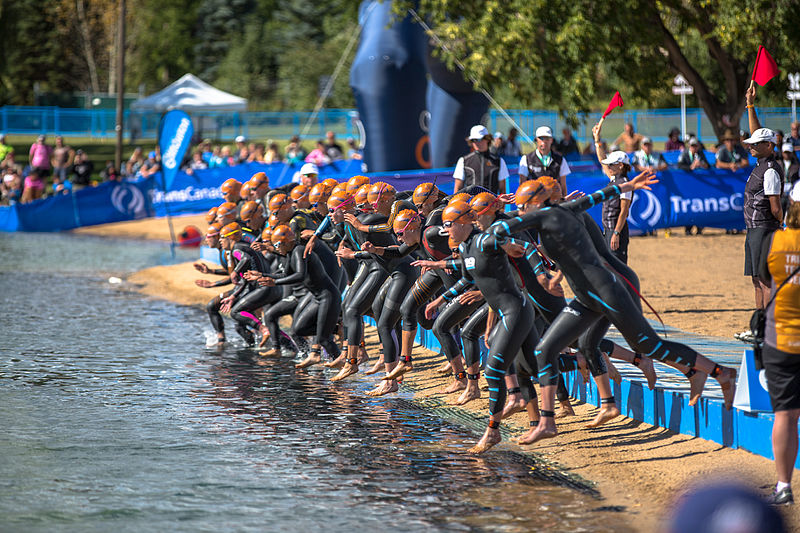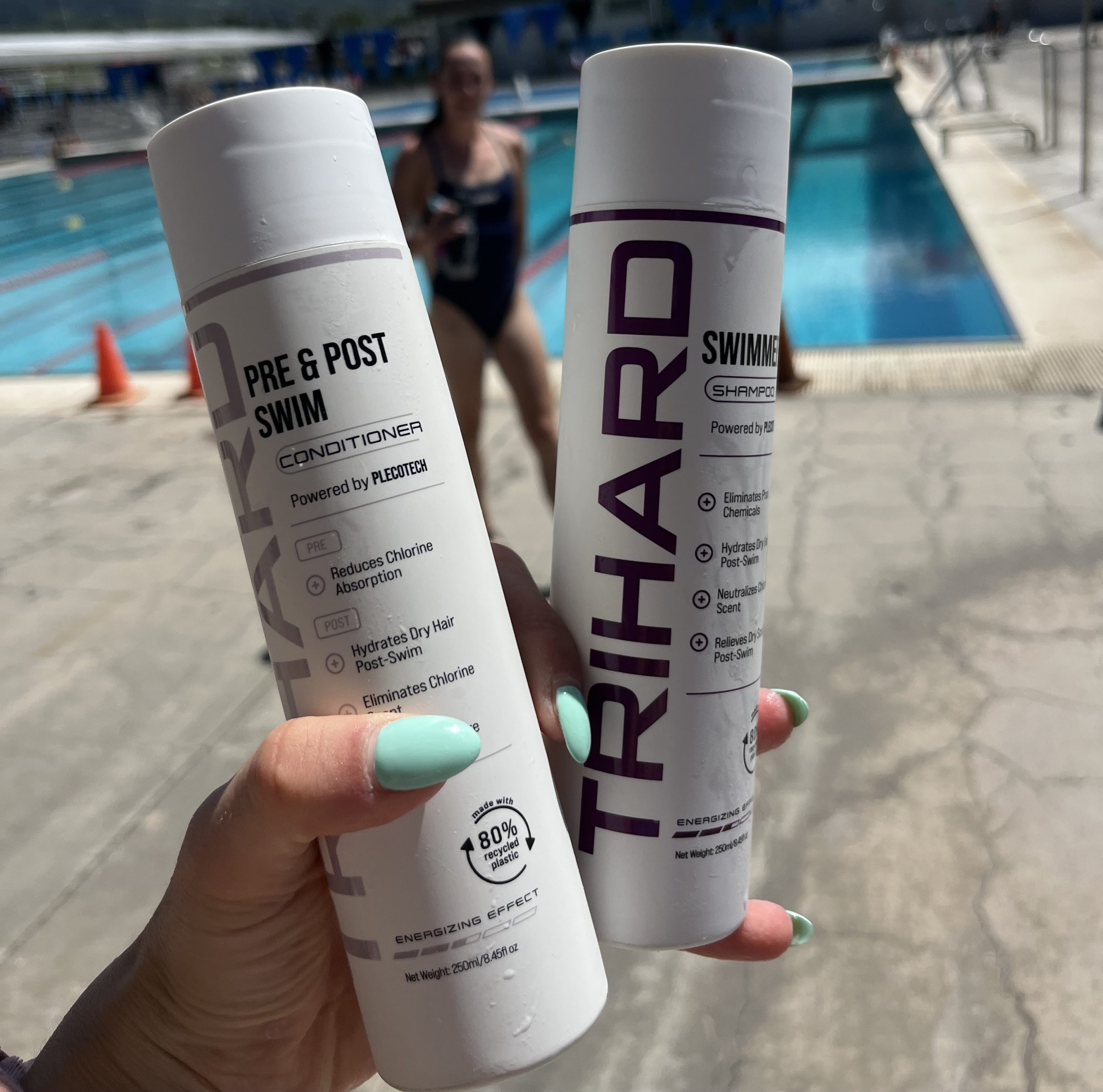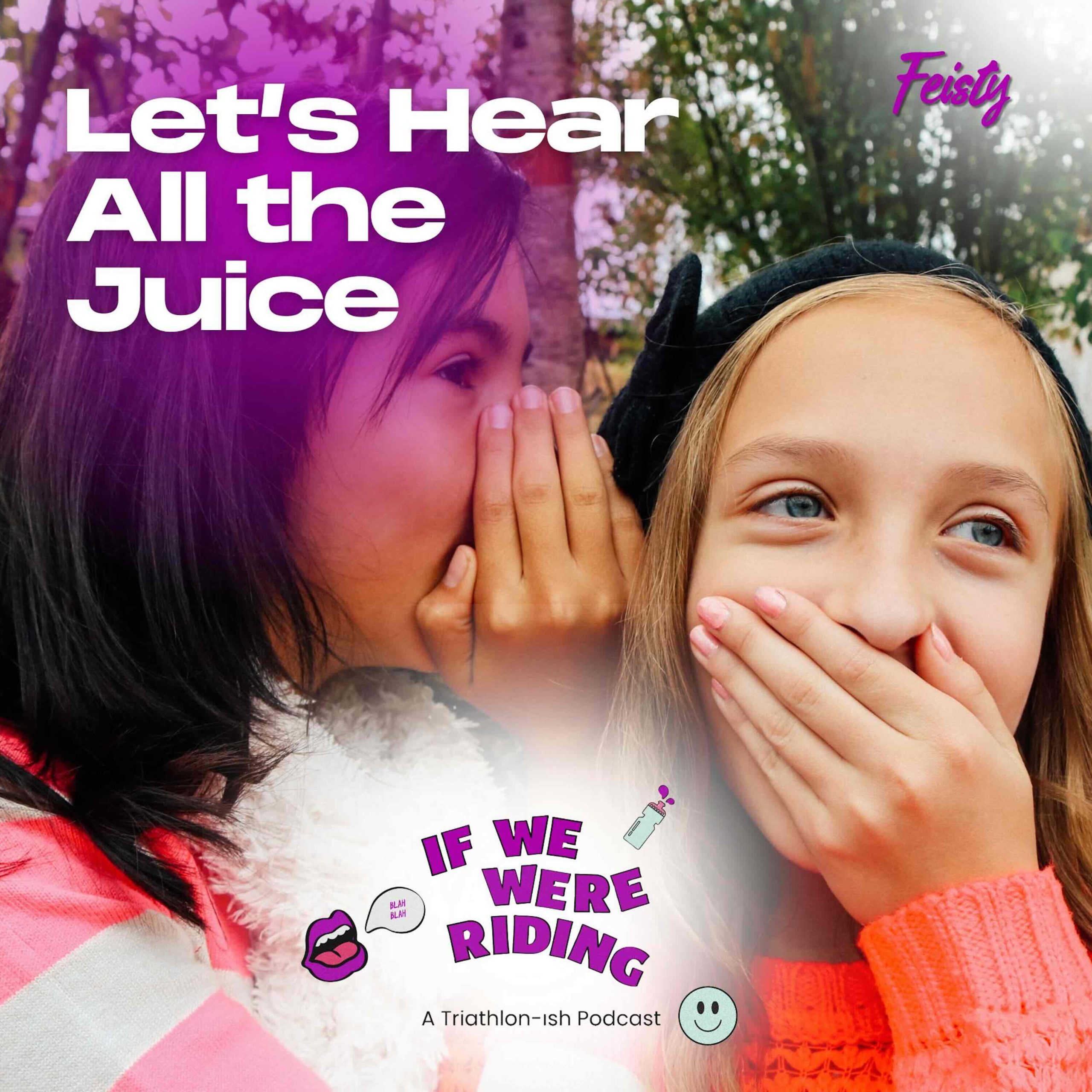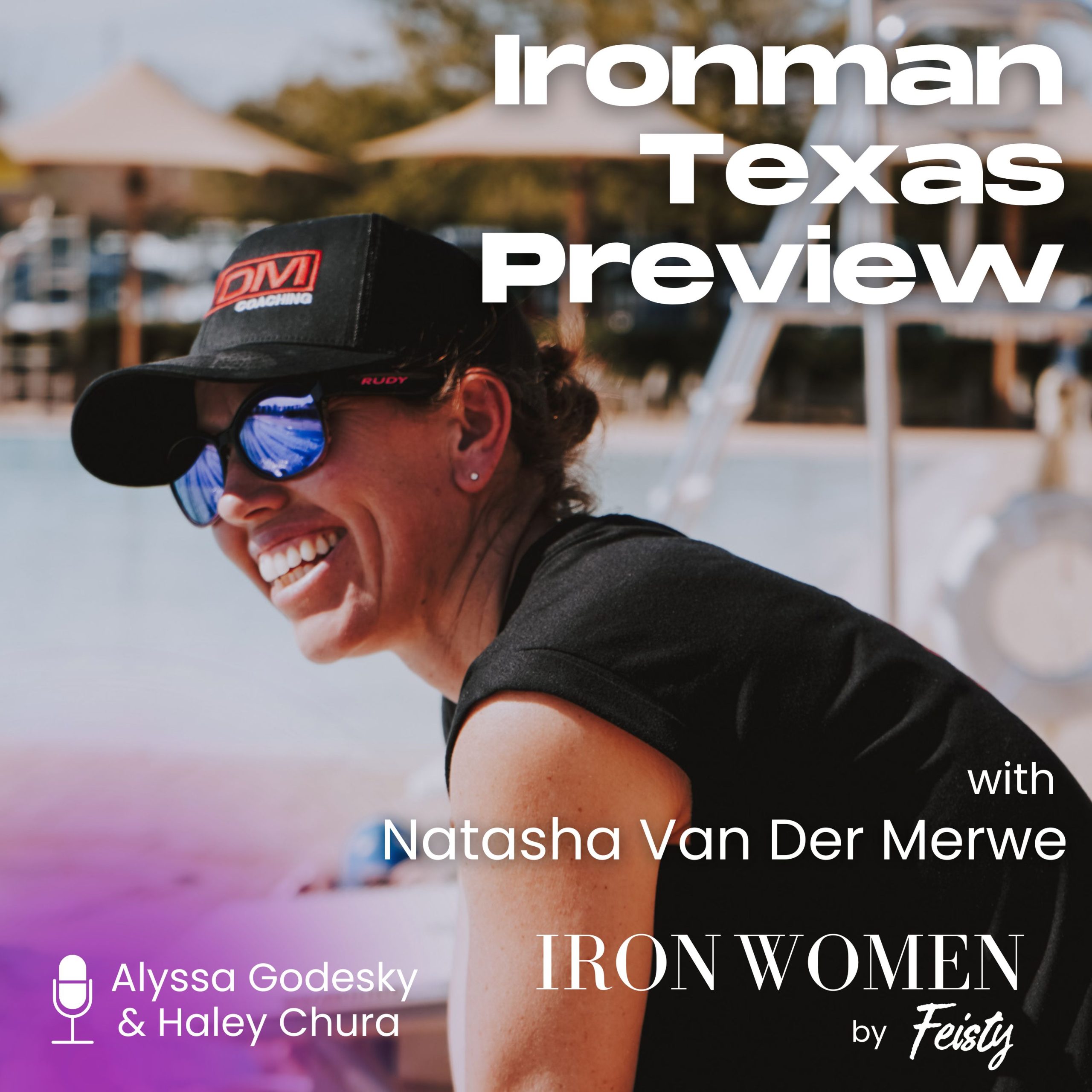August 2, 2017
Where Have the Stepping Stones Gone for Pro Triathletes?

text by Kelly O’Mara
I’ve spent a lot of time recently pouring over pro prize lists and calendars for next year, trying to figure out how I could possibly earn some money as a newbie pro triathlete. What are the options besides pressing refresh again and again on the Ironman and Challenge websites?
In this quest, someone forwarded me an old calendar USA Triathlon had put out back in 2012 of professional events with prize money. But as I went down the list of races, almost all of them are gone now, out of business or no longer offering a purse.
Add to that list another now: TriCalifornia and its famous Wildflower Triathlon announced their cancelation last week.
There are a number of reasons TriCalifornia canceled its 2017 season — the consolidation within the industry, the drought in California, the sport’s changing face. Those reasons can (and are) being debated in Facebook posts, but whatever the cause the result is clear: Gone is a founding event of the sport, and gone once more is a race company that truly nurtured its athletes, offering a stepping stone for pros working their way up.
Mirinda Carfrae provides a value to us as triathletes, a value to the sport. But so does the girl who thinks she could be the next Mirinda Carfrae.
It’s not a coincidence that most recently Jesse Thomas made his name at Wildflower, winning when he was an unknown, as others had before him. It was a race that provided a chance for young athletes to prove themselves among the legends of the sport. It was an event that let in everyone — no invitation-only. It was a race organization that treated its pros like pros, even if they weren’t really yet, giving them places to stay and food and a chance at a small or medium-sized paycheck so they could keep working their way through the ranks. Wildflower was its most well-known race, but TriCalifornia did that with all its events. It was a key development ground for athletes, especially those of us on the West Coast, and it was also just a lot of fun.
There’s plenty to be said about what pro triathletes need to do differently, how they can provide better value, what their true market rate is. But there’s also a lot that can be said about how we need to better understand what they offer the sport, and us, in the first place.
Having pro athletes at our races creates legitimacy.
Each of the races that was on that prize list in 2012 and isn’t any more, essentially decided that professional athletes did not provide the value to their individual race that they were being paid for. The prize money couldn’t be directly connected enough in a concrete way to a return on investment, to specific people who registered as a result of Mirinda Carfrae being there.
That’s a fair assessment for those individual race directors to make — they were swallowing the costs of supporting a professional arm to the sport. But it also misunderstands, on the whole, the value of Mirinda Carfrae to all of us, and to a greater degree it misunderstands the value of all those pros who aren’t yet Mirinda Carfrae.
Having pro athletes at our races creates legitimacy (in the political science sense of the word). Without a benchmark to measure ourselves against, triathlon is just a bunch of people exercising. We might be happy simply completing our first race, but then we want to know how we stack up, how good we are. We want our sport to be a big deal, to be respected as a legitimate athletic achievement. We want to be inspired to push ourselves harder, and that’s only going to come from people who are already pushing themselves harder than we are. Each of the pros at a race is another potential story to be covered in the hometown paper, another industry leader who might have heard of the event, another spectator (or two or ten) following along excitedly. The races that have the fastest people are the biggest deal.
Mirinda Carfrae provides a value to us as triathletes, a value to the sport. But so does the girl who thinks she could be the next Mirinda Carfrae.
Yes, sure, I hope that girl is me. It probably isn’t, but it’s someone. Someone is going to be the next big star. And right now, the ways to get from here to there are disappearing. It’s harder to make the leaps when there aren’t as many stepping stones along the way — and, societally, those obstacles continue to be bigger barriers for women than for men. That means there are hundreds of girls and women right now who will not be able to work their way up through the pro ranks or who will choose not to try, because they don’t see a path.
Our sport will be worse off without them -we will be worse off – just as we are worse off for countless reasons without TriCalifornia and without Wildflower.


 Outspoken Women in Triathlon Summit Returns Bigger than Ever
Outspoken Women in Triathlon Summit Returns Bigger than Ever  Driving the Lamborghini: Productivity and the Power of Paper
Driving the Lamborghini: Productivity and the Power of Paper  5 take aways from the Compete Sports Diversity Summit
5 take aways from the Compete Sports Diversity Summit  Simple Tips to Hone Your Bike Handling Skills
Simple Tips to Hone Your Bike Handling Skills 


